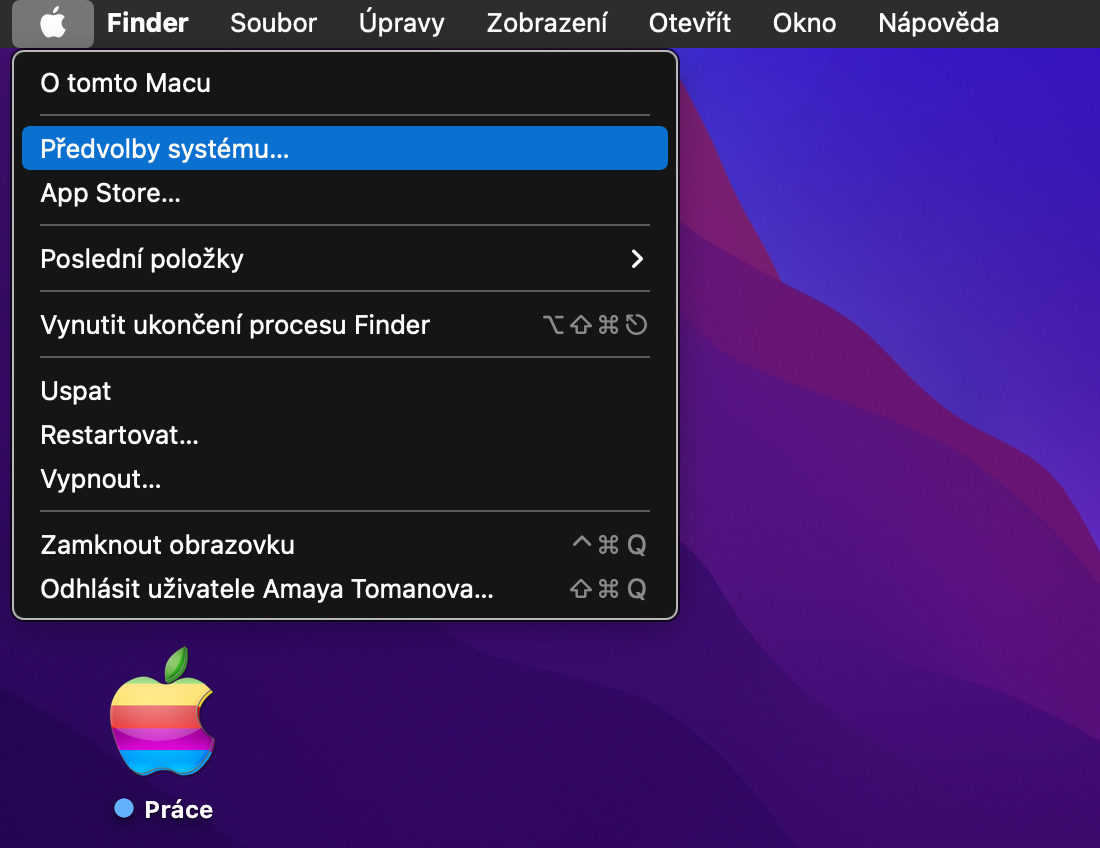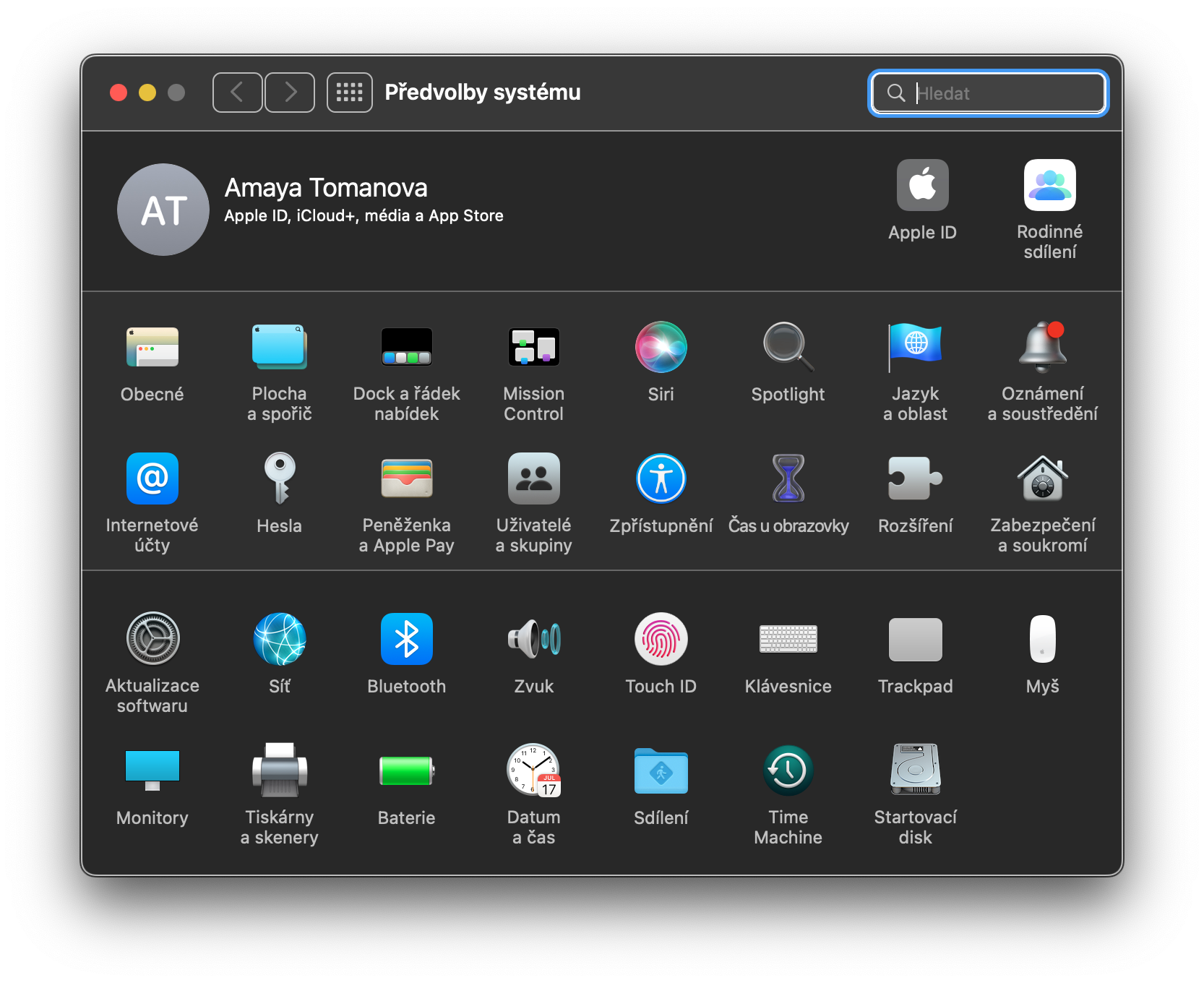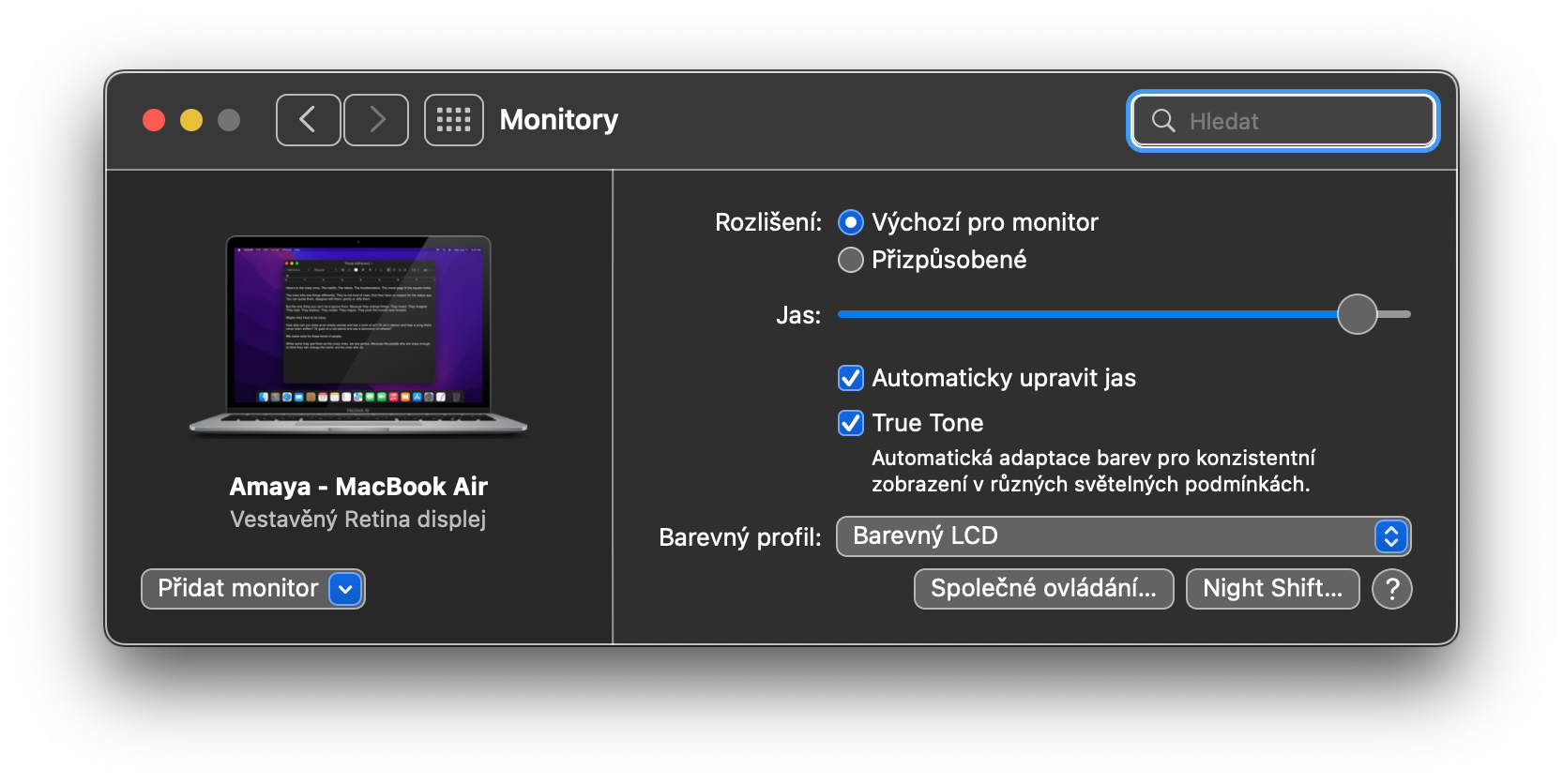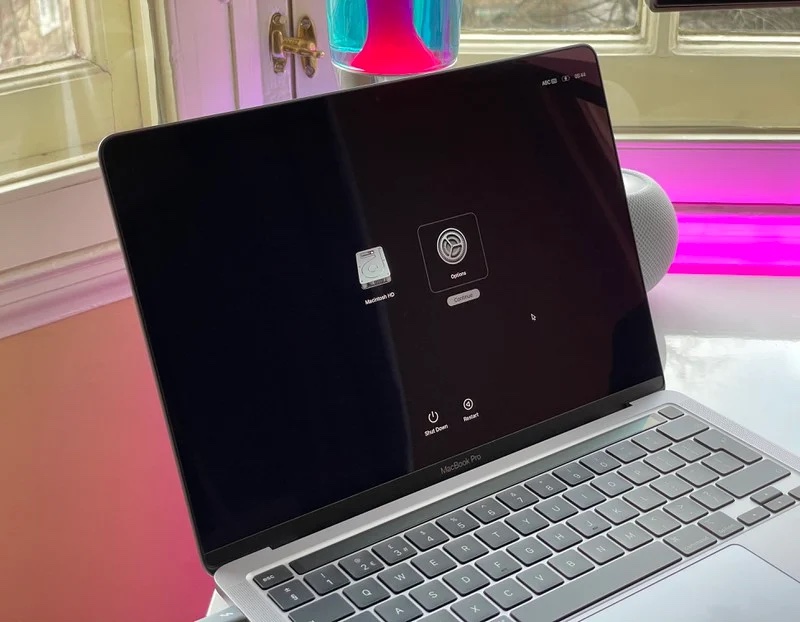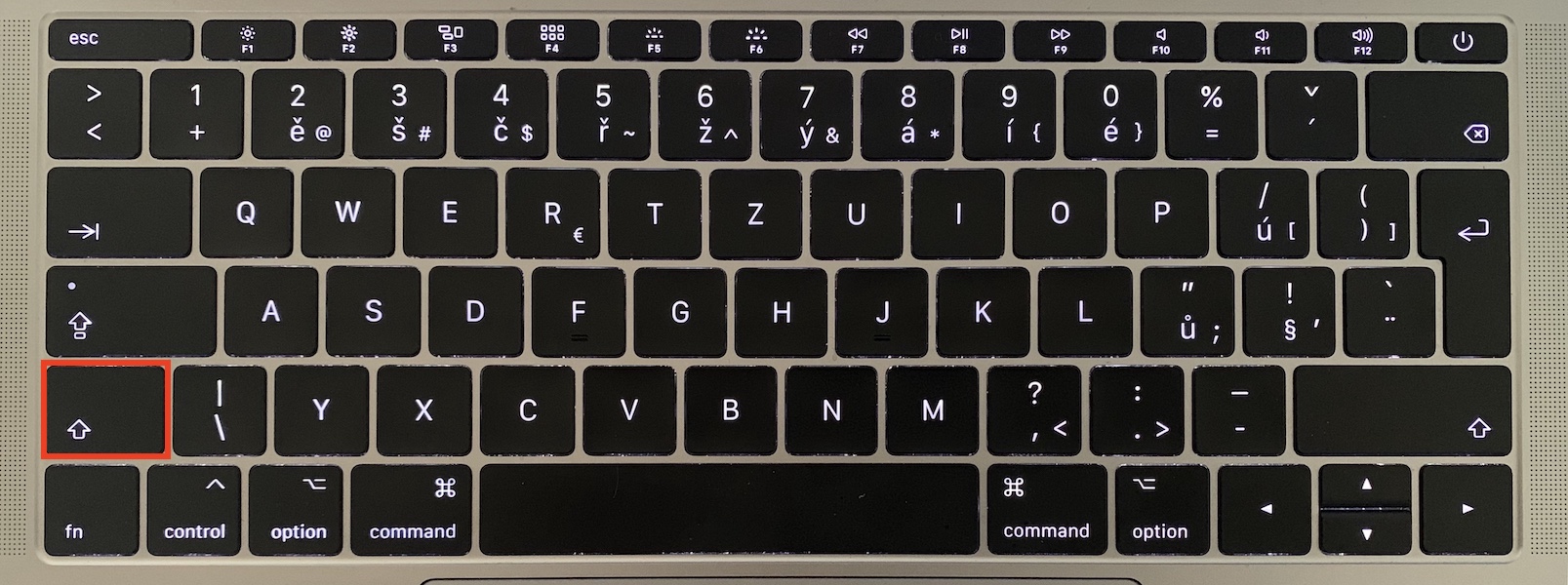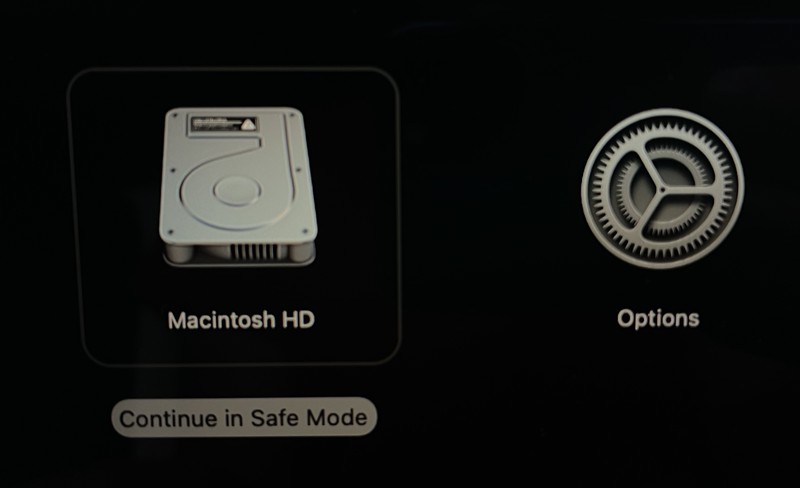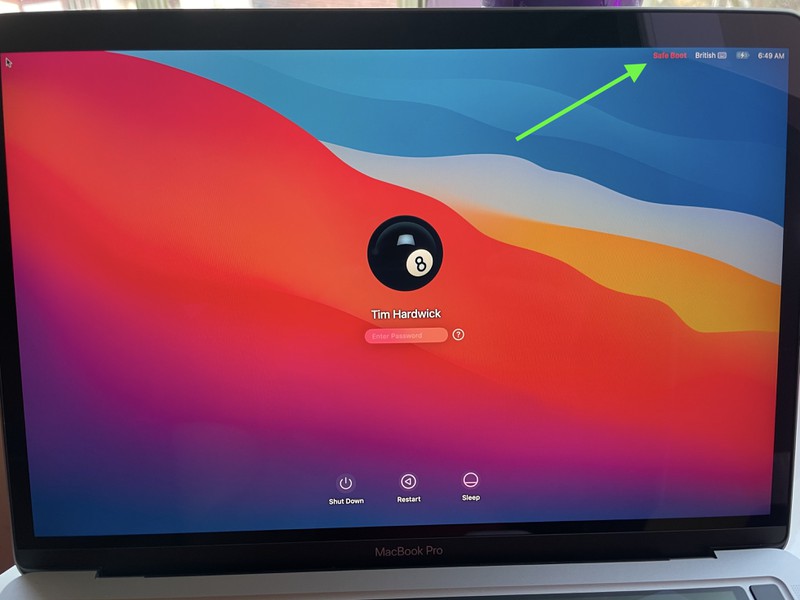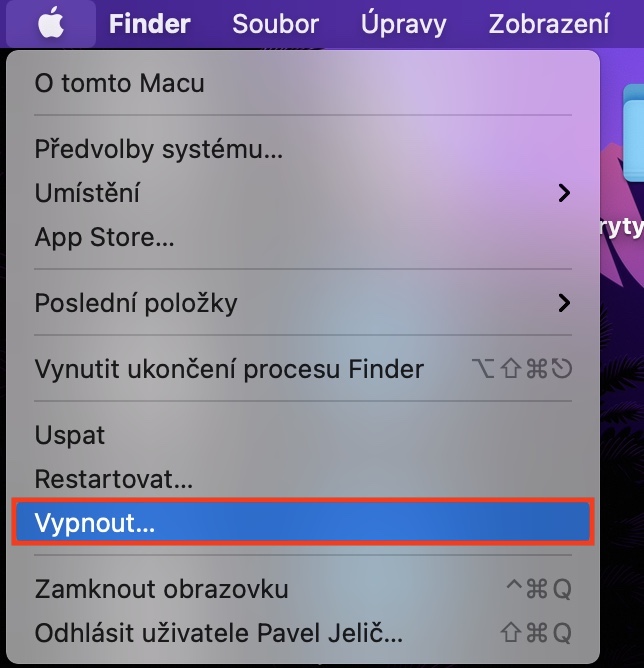Performance issues are certainly the last thing Apple computer owners want to deal with. However, sometimes device problems occur – such as a flickering Mac screen. What can cause a flickering Mac screen and what can you do?
It could be interest you

Your Mac screen can flicker for a number of reasons, and some problems are more difficult to fix than others. In today's article, we'll introduce some of the main reasons why your Mac screen flickers, and then we'll cover selected solutions that you can try.
Drop, water damage and software glitch
Mac screen flickering can have various causes. Some can only be detected by high-quality diagnostics in the service center, but you can easily fix some yourself. The display of your Mcu may start to flicker, for example, as a result of a fall or impact. However, the cause of flickering can also be water damage or the problematic functioning of some functions. This option is usually the best, because it is usually solved by a simple procedure or a simple update of the operating system.
It could be interest you
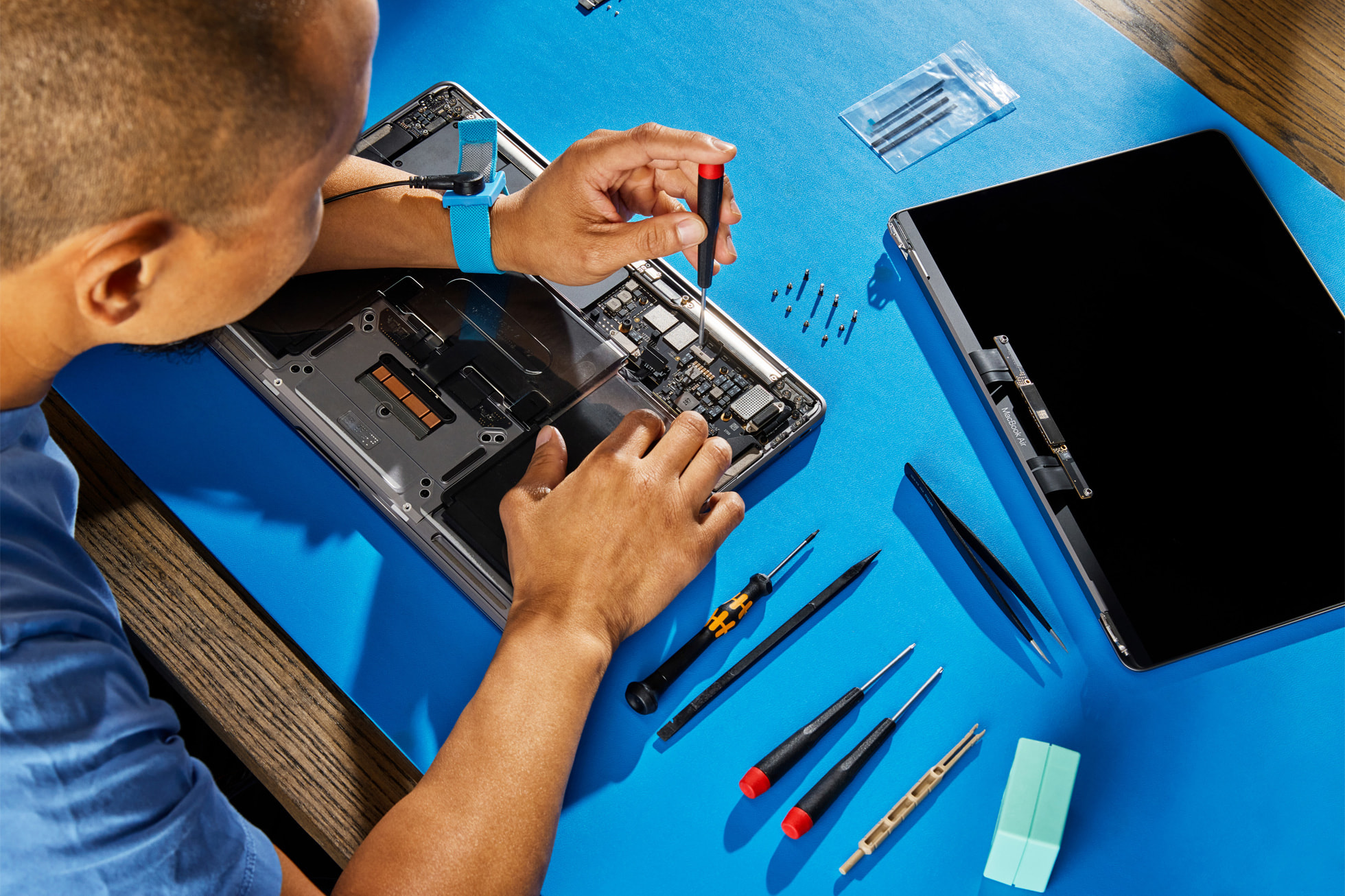
Mac Screen Flickering Solution - Software Update
We assume you've tried restarting your Mac, and we'll proceed straight to updating the operating system. You do this by clicking on the menu -> System Preferences -> Software Update in the upper left corner of your computer screen. You can also activate automatic software updates here.
Disable automatic graphics switching
If you're using a MacBook Pro that includes both integrated and discrete GPUs, it automatically switches between the two to optimize battery life based on your workload. However, in rare cases, there may be problems with the graphics driver and screen flickering. To disable automatic graphics switching, click the menu -> System Preferences -> Battery in the upper left corner of your Mac screen. In the panel on the left side of the window, select Battery, then uncheck the corresponding item.
It could be interest you
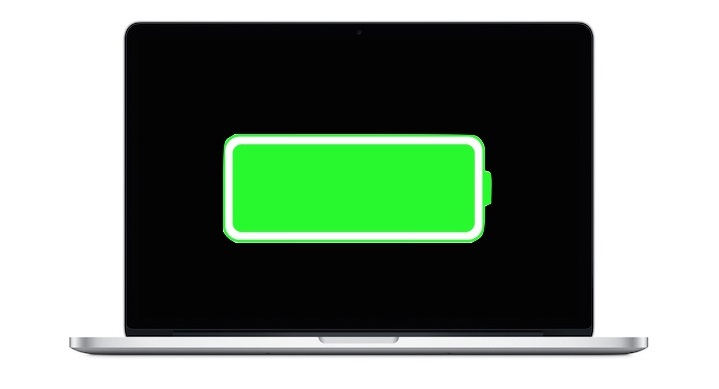
Deactivating True Tone
True Tone is a useful feature that automatically adjusts the brightness of your Mac's display to the surrounding lighting conditions. But sometimes True Tone can be the cause of a slight but annoying flickering of the screen. If you want to disable True Tone on Mac, click menu -> System Preferences -> Monitors in the upper left corner of the screen and disable True Tone.
Booting in safe mode
Another option you can try is to start your Mac in Safe Mode. This process will perform several automatic disk checks and may also fix some basic operating system problems. To start an Intel-based Mac in Safe Mode, shut it down and hold down the Shift key while restarting. Finally, choose to boot in safe mode. If you want to start a MacBook with an Apple Silicon chip in safe mode, turn it off. Wait for a while then press and hold the power button until it says Loading boot options. Select the desired volume, hold Shift and click Continue in Safe Mode.
Apple diagnostics
A tool called Apple Diagnostics won't solve your Mac's flickering screen problems, but it can help you uncover the cause in some cases. To run the Apple Diagnostics, first shut down Msc completely and disconnect all external devices except the keyboard, mouse, display, power supply, and Ethernet connection if applicable. If you have a Mac with an Apple Siliocn processor, turn on the computer and hold down the power button. When the Startup Options window appears, release the button and press Command + D. For an Intel-based Mac, turn the Mac off, then turn it back on and hold down the D key. When prompted to choose a language or with a progress bar, release the key.
It could be interest you
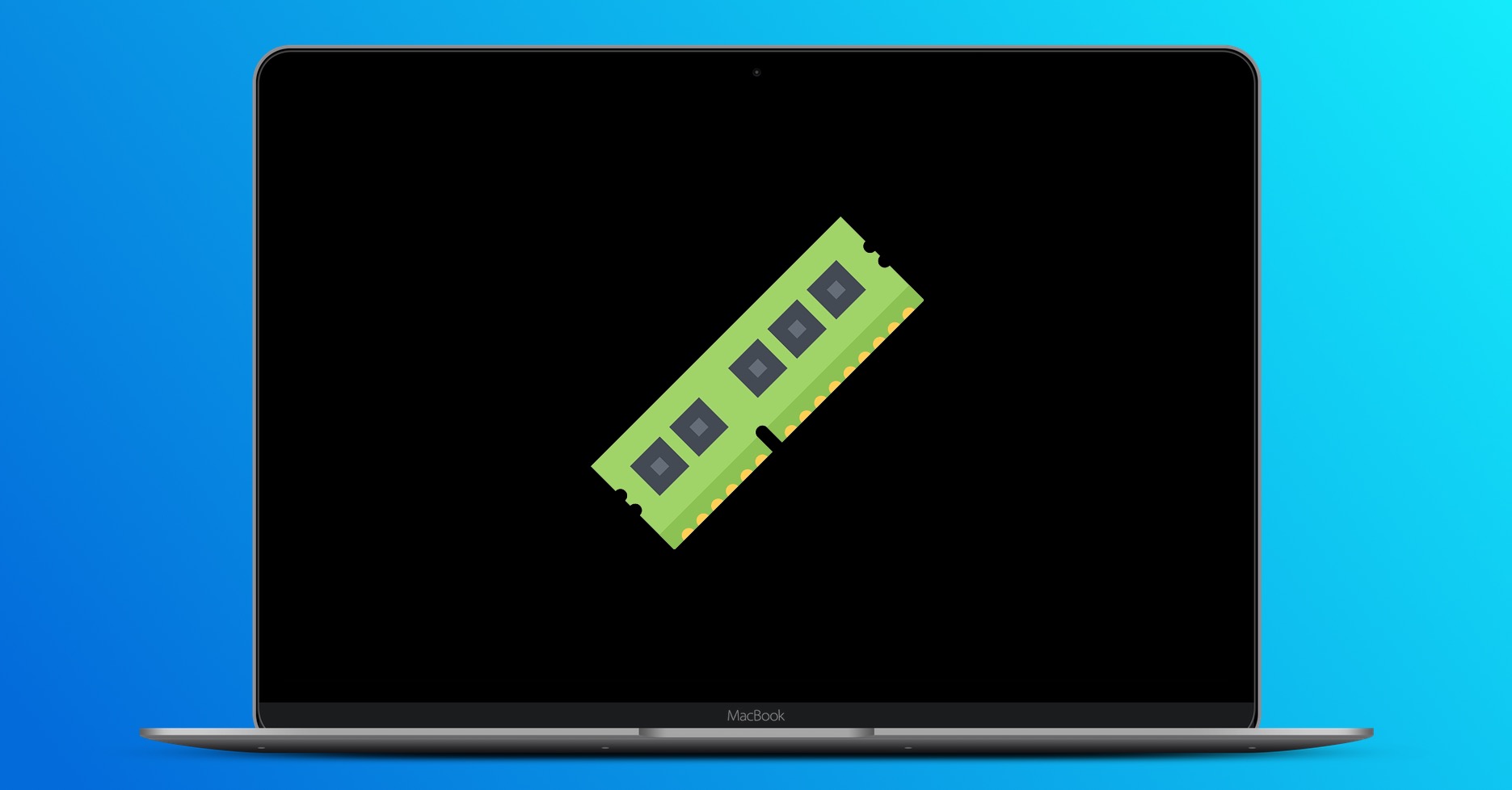
 Flying around the world with Apple
Flying around the world with Apple 
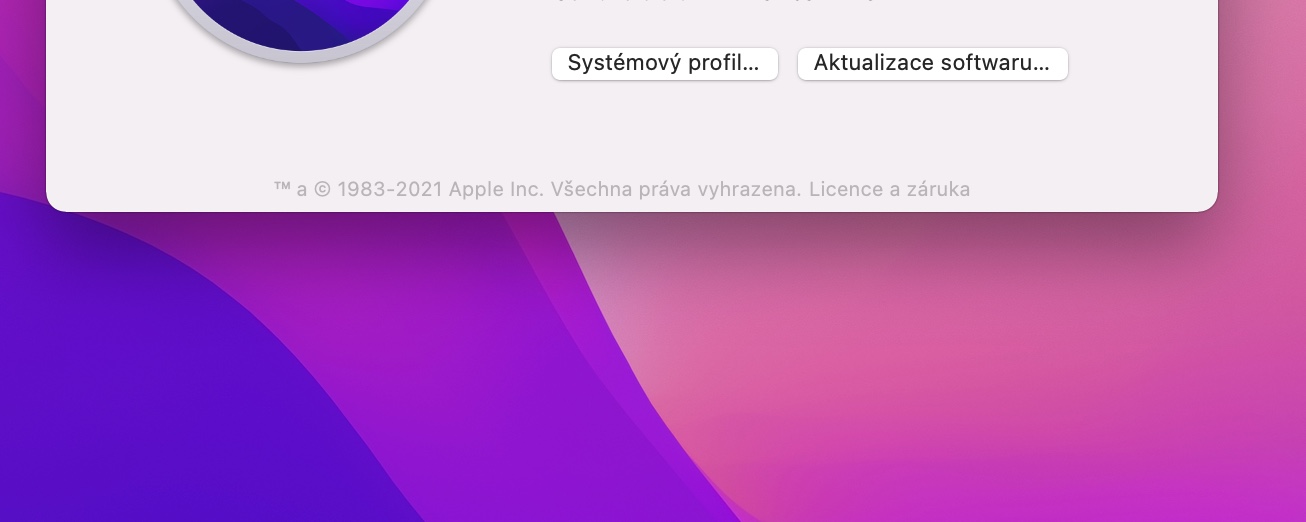

 Adam Kos
Adam Kos 